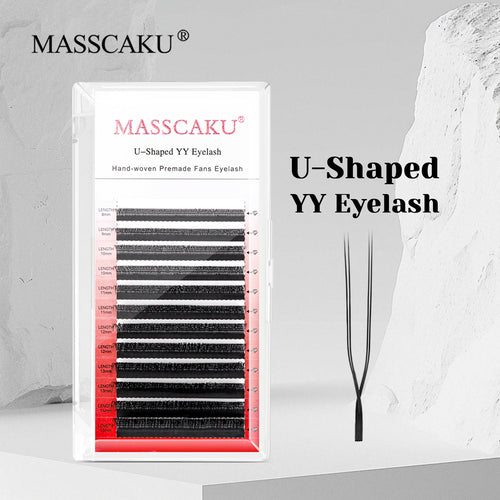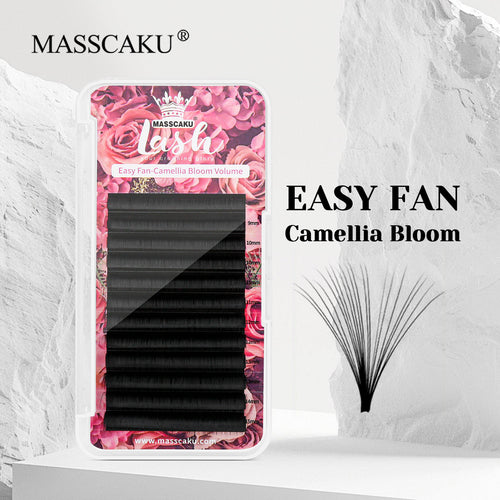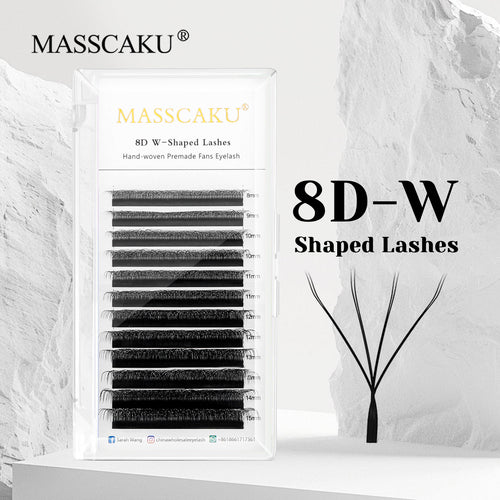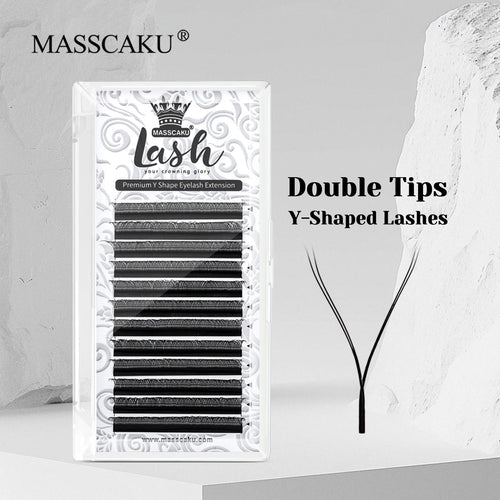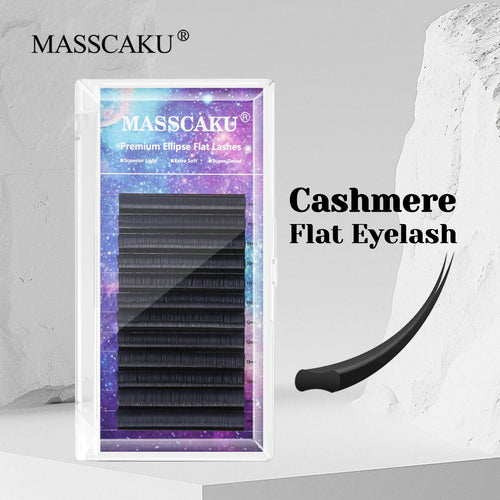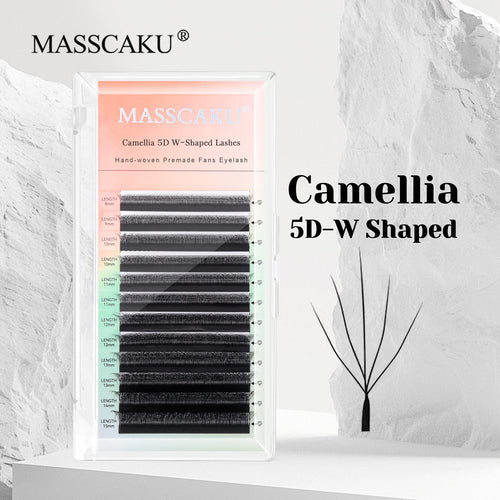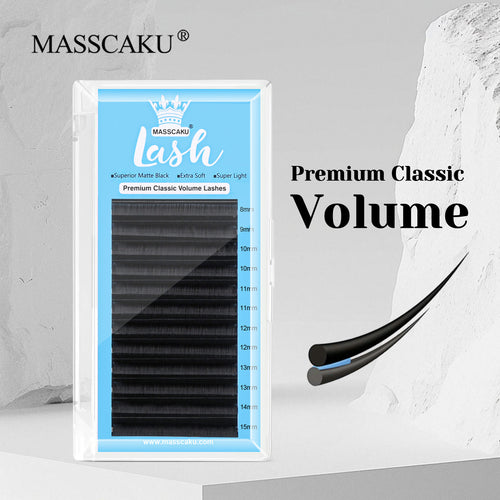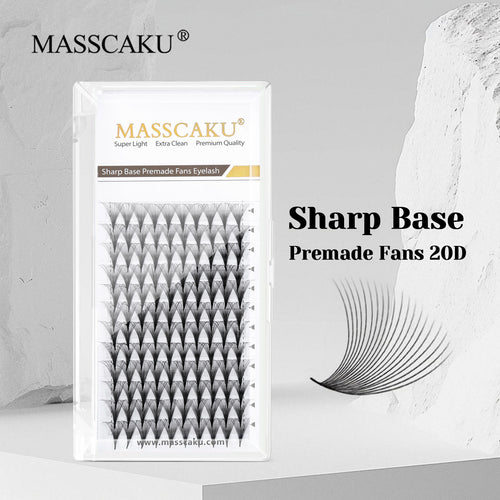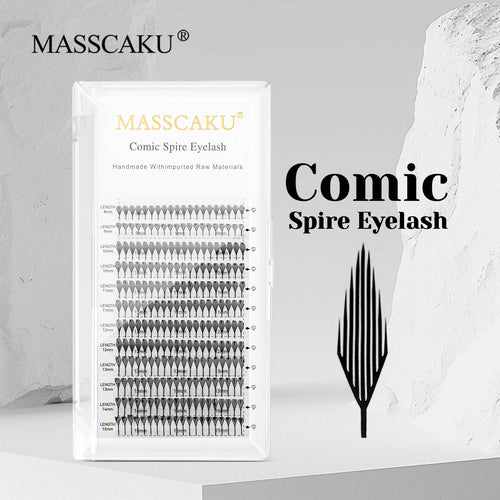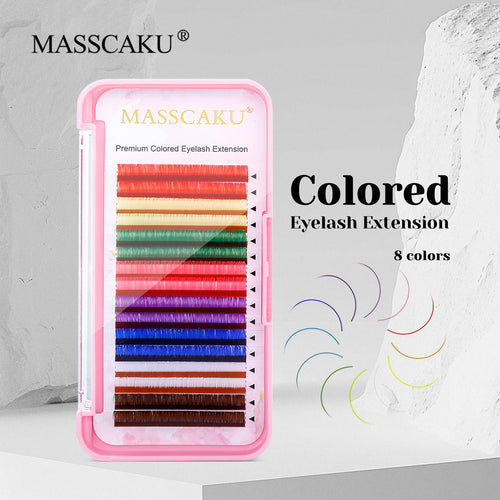When you’re building a lash brand, one of the most important steps is setting the right price for your products. Pricing your lash extensions, tools, and accessories correctly can make or break your business. Too high, and you risk losing customers; too low, and you might struggle to cover your costs and make a profit. Here's a guide to help you build a lash price list that’s both competitive and sustainable.
1. Understand Your Costs
The first step in creating a price list is understanding your costs. You need to know how much it costs to produce, package, and ship your lashes before you can set a price. Break your costs down into:
Cost of Goods Sold (COGS): This includes the cost of raw materials (lashes, glue, packaging) and labor costs.
Overhead: This includes things like rent, utilities, marketing, and other business expenses.
Shipping and Handling: Factor in the costs to ship your products to customers, including shipping supplies and courier fees.
Once you’ve calculated your total costs, you’ll have a baseline to work from.
2. Research the Market
Researching your competitors’ prices is essential to ensure that you’re offering competitive rates. Check out other lash brands in your niche—are they selling high-end, luxury lashes or budget-friendly options? Take note of their price range, and find a way to position your brand accordingly.
High-End Market: If your lashes are made from premium materials (like mink or silk) and are marketed as a luxury brand, your prices should reflect that. Your customers will expect top-tier quality, and they’ll be willing to pay a premium for it.
Budget-Friendly Market: If you’re targeting a more price-conscious customer, you can set a lower price point but still maintain quality. This strategy will require you to find more cost-effective production methods.
3. Consider the Type of Lashes
Different types of lashes should be priced differently. For instance, mink lashes typically cost more than synthetic lashes due to the higher quality and labor involved in production. Similarly, volume lashes (which require more materials and more time to create) should be priced higher than regular, individual lashes.
Here’s a breakdown of how to think about different lash types:
Mink Lashes: High-quality, luxurious, and more expensive.
Silk Lashes: Less expensive than mink but still considered premium.
Synthetic Lashes: Affordable and widely popular, perfect for a larger audience.
Consider offering bundles or packages at a discounted rate to encourage larger purchases.
4. Factor in Your Profit Margin
Once you’ve calculated your costs and researched competitors, it’s time to set your desired profit margin. Profit margins typically range between 30-50% for retail products. However, your margin will depend on your costs, the competition, and the perceived value of your lashes.
To calculate your selling price, use the following formula:
For example, if your cost per pair of lashes is $5, and you want a 40% profit margin:
So, you would price your lashes at $7 per pair.
5. Offer Tiered Pricing or Subscription Models
Tiered pricing can be a great way to offer options for different customer budgets. You can create pricing tiers that offer different products or services at different price points. For example:
Basic: Affordable lashes, simple packaging, ideal for budget-conscious customers.
Premium: High-quality lashes, better packaging, and unique designs.
Luxury: The highest quality, exclusive designs, and luxury packaging.
You can also offer subscription services where customers receive a new set of lashes every month for a discounted price. This can help create a steady revenue stream and foster customer loyalty.
6. Test and Adjust
Once you’ve set your initial prices, it’s important to test and adjust as needed. Monitor your sales, customer feedback, and market trends to see if your pricing is effective. If you find that your lashes aren’t selling as expected, consider adjusting your prices or offering promotions to attract customers.
7. Communicate Your Value
Once you’ve established your prices, make sure your customers understand the value they’re getting for their money. Highlight the quality of your materials, the craftsmanship behind your lashes, and any additional benefits (such as longer-lasting wear or easy application). By communicating the value, you justify the price and build trust with your customers.
Final Thoughts
Pricing your lash products correctly is a combination of understanding your costs, knowing your market, and positioning your products strategically. Keep your customers’ needs in mind, offer a variety of pricing options, and stay adaptable. By building a thoughtful and competitive lash price list, you can establish your brand as a go-to choice for quality lashes while ensuring profitability.

